Start with the Heart: 3-5
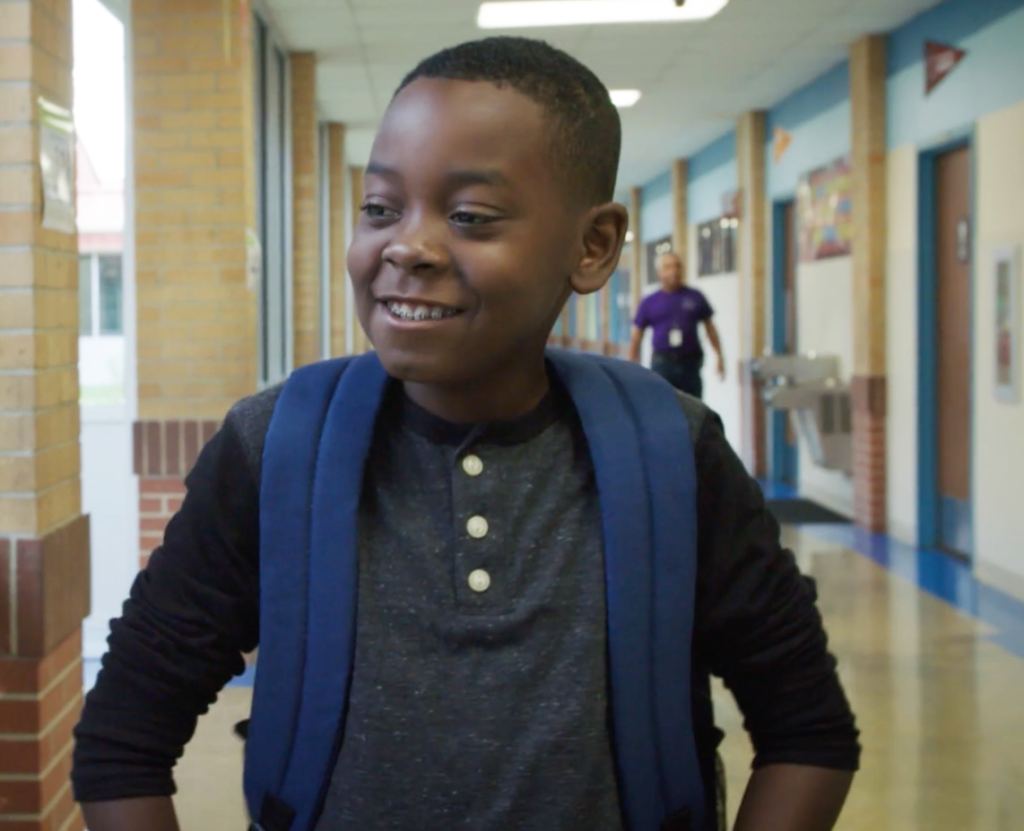
Integrating Social, Emotional and Academic Success: A Comprehensive Approach Led by Dr. Victor Carrion, Stanford University

Are you planning for the full return to school and looking for ways to integrate a comprehensive approach to your SST (Student Success Team) process? Join the expert team from Stanford University who will share research, case study, and practical strategies for a plan that fits your school systems from Tier I, II, & III. […]
Start with the Heart: K-2
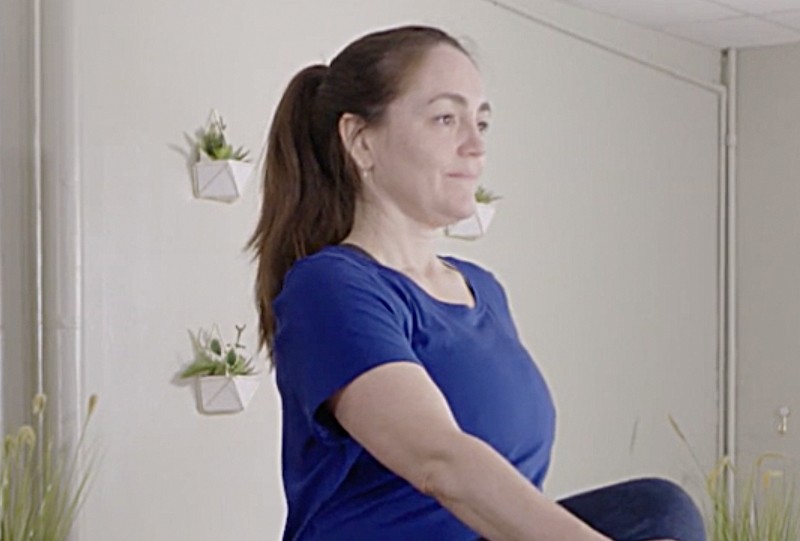
Start with the Heart: PreK
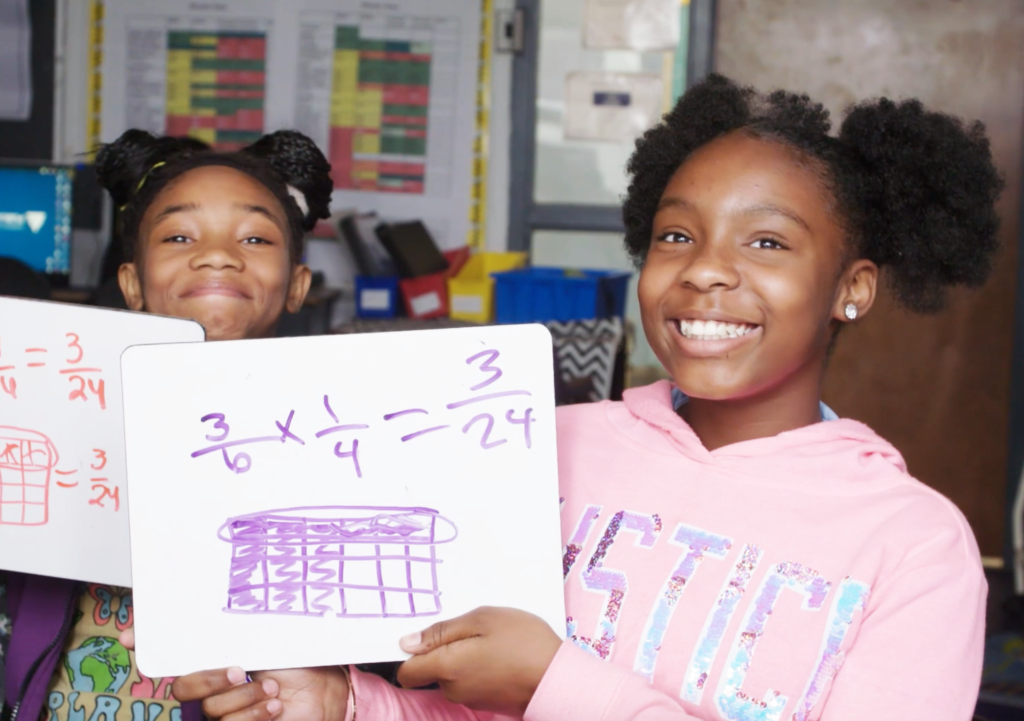
Well-Being Wednesdays in June
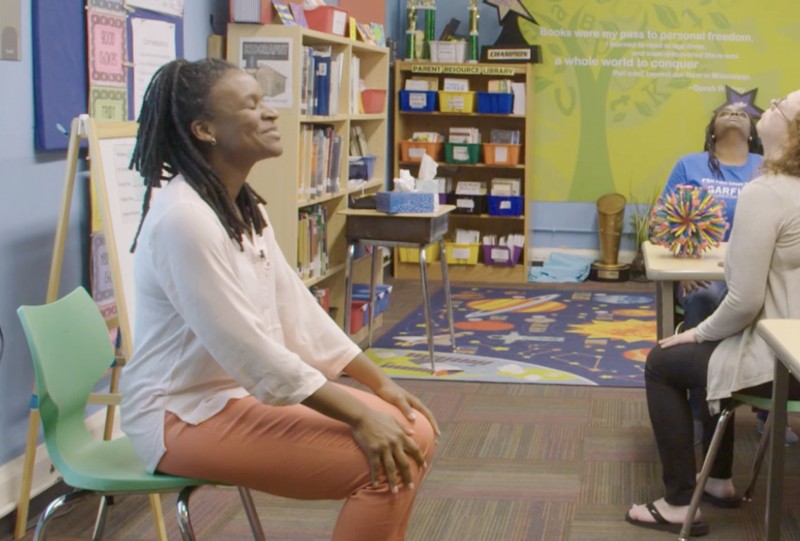
This Well-Being Wednesday series will offer experiential mindfulness-based sessions designed to support the well-being of school-based personnel as they continue to provide essential services to our community each day.
Mindful Mondays in June
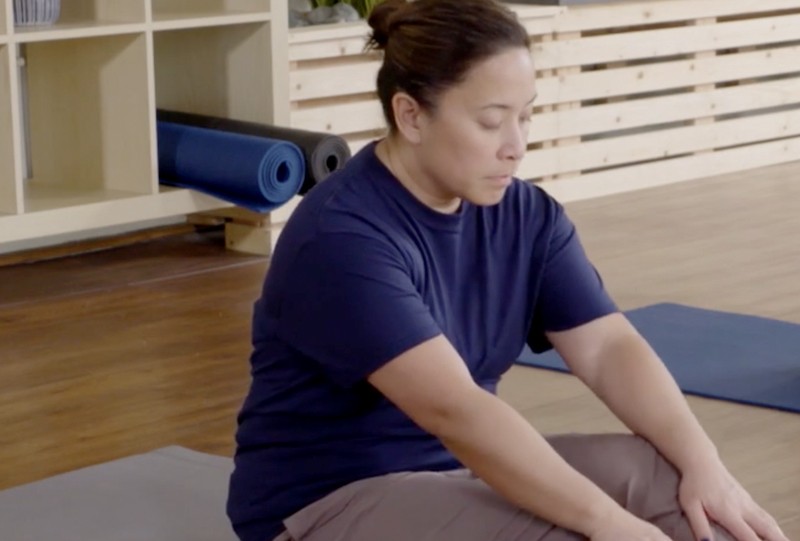
This Mindful Monday series will offer experiential mindfulness-based sessions designed to support the well-being of school-based personnel as they continue to provide essential services to our community each day.
Incorporating Wall Space into a Mindful Practice
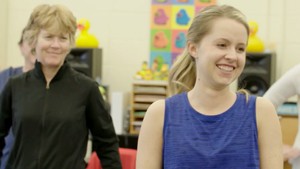
From opening the body to stabilizing a pose, there are many ways the wall can be a great support for Mindful Movement. It allows for exploration and deepening of poses and the best part, everyone has a wall at home! Join us for a 3-part series to learn how to reset your body at the […]
5-Day Midday Reset
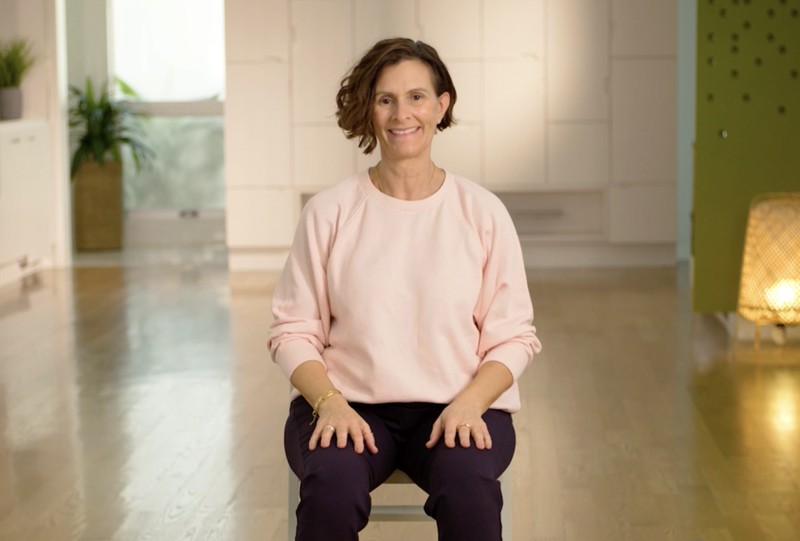
Join Gill for this series, which explains why a reset in the middle of your day improves concentration, mood, and focus. This session also offers simple strategies designed to offer a “pick-me-up” from your afternoon slump.
Rebuilding Community: Navigating the New Normal
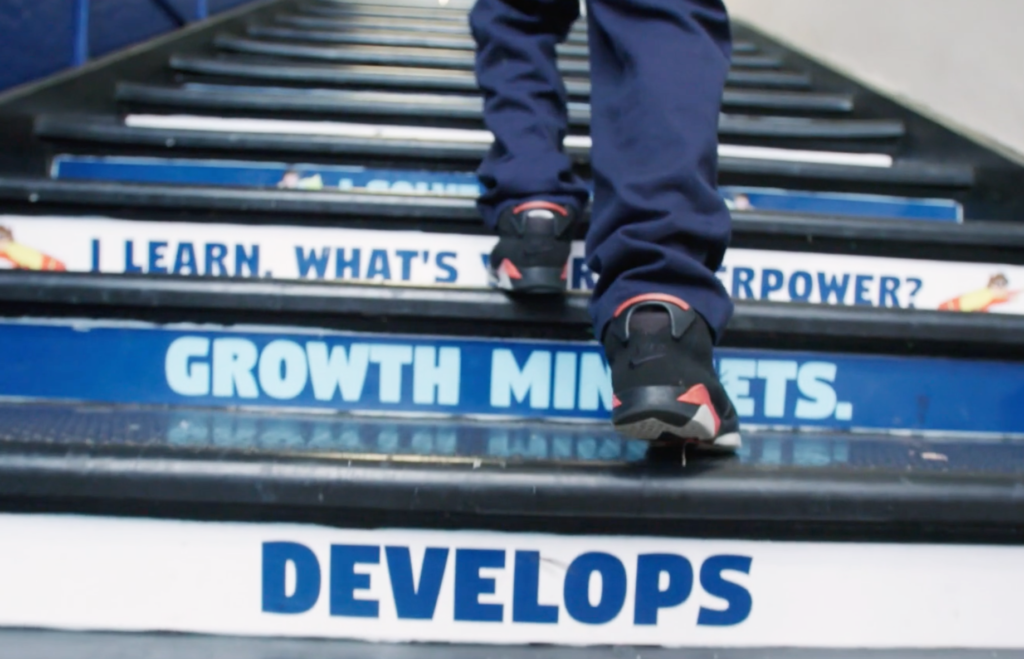
Dr. Mark Greenberg, Dorothy Morelli, Denine Parks-Goolsby, and Dr. Joseph Gerics As educators, our lives have been forever changed. We have all experienced trauma in some form. As schools begin to make plans for reopening, it is imperative that we address the effect of this pandemic experience not only for our students, but also for […]
Adapting Brain Breaks for Young Learners with Special Needs, Pt. 2

By special request from attendees: During this 1 hour webinar, Erin will share a few additional strategies to modify brain breaks for young learners with special needs.
Planning for the Return: Building Student Agency
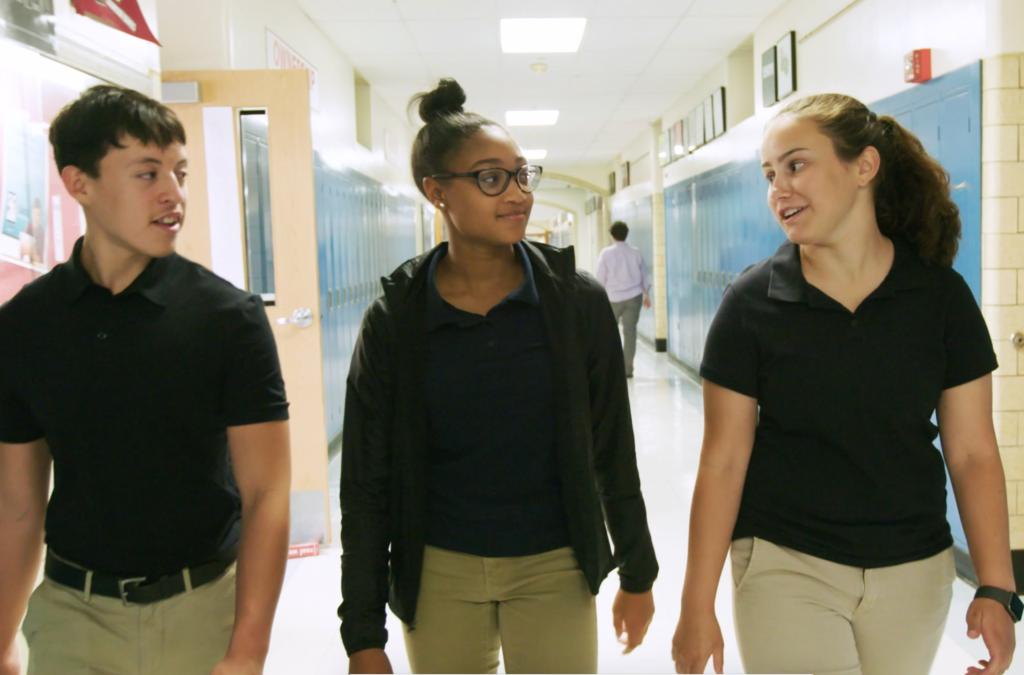
Join our two award-winning mindful educators who have successfully implemented mindfulness and well-being into their school programs. Meet the educators who continually build student agency though their creativity and dedication. Learn how they have created virtual SEL sessions & mentored the team of NuYu!
Estrategias Eficaces para Calmar a los Niños

Esta sesión, dirigida a enseñar estrategias de relajación a los niños, se presentará en Español.
Educator Self-Care Series: Strategies to Increase Energy & Vitality
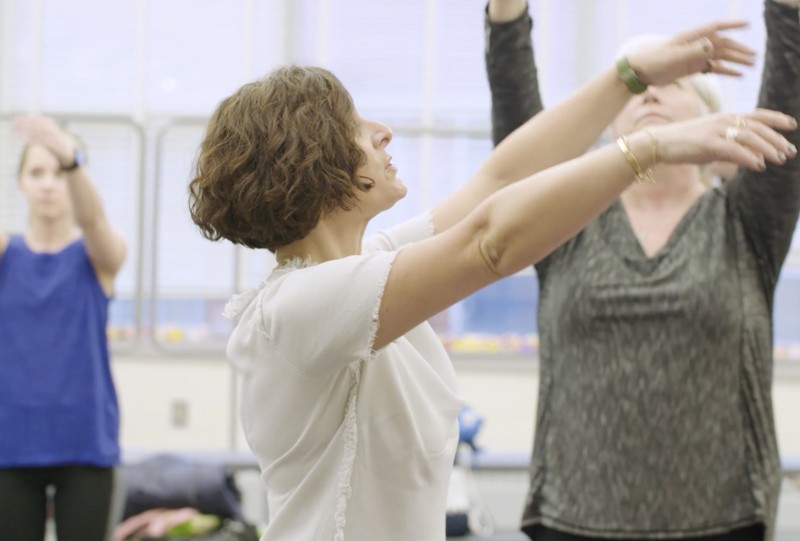
This session will look at how stress depletes our energy levels. Participants will experience simple strategies to re-energize.
Sesión 3: Neurociencia del Estrés y Estrategias para Manejarlo
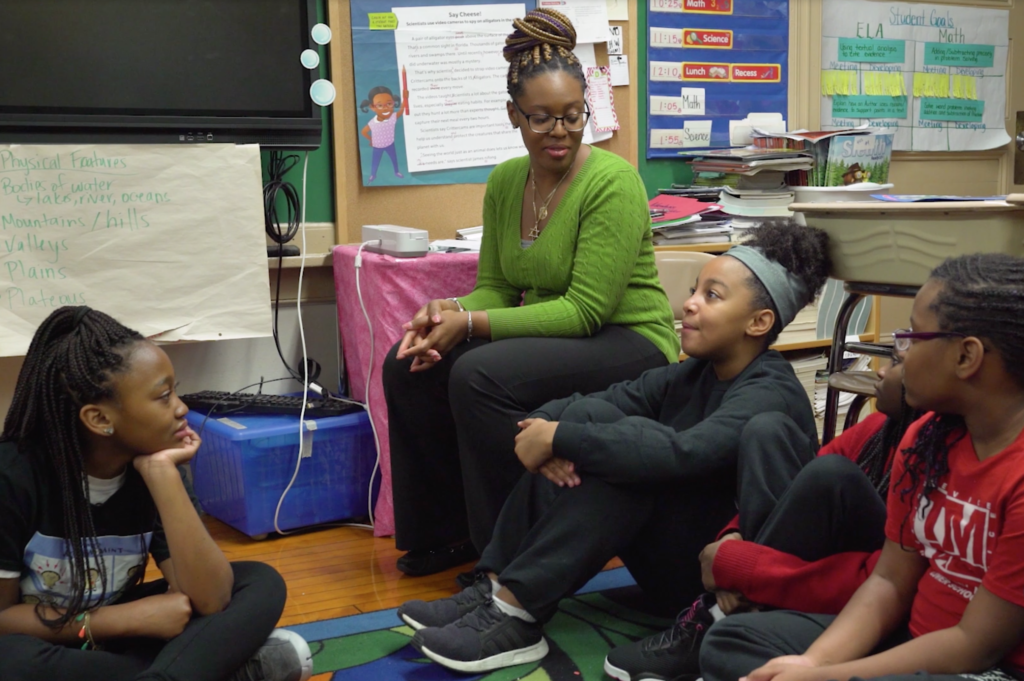
Esta sesión analizará cómo el estrés afecta nuestros cuerpos y le daremos estrategias para reducir sus efectos.
Family Brain Breaks Series: Physical Time
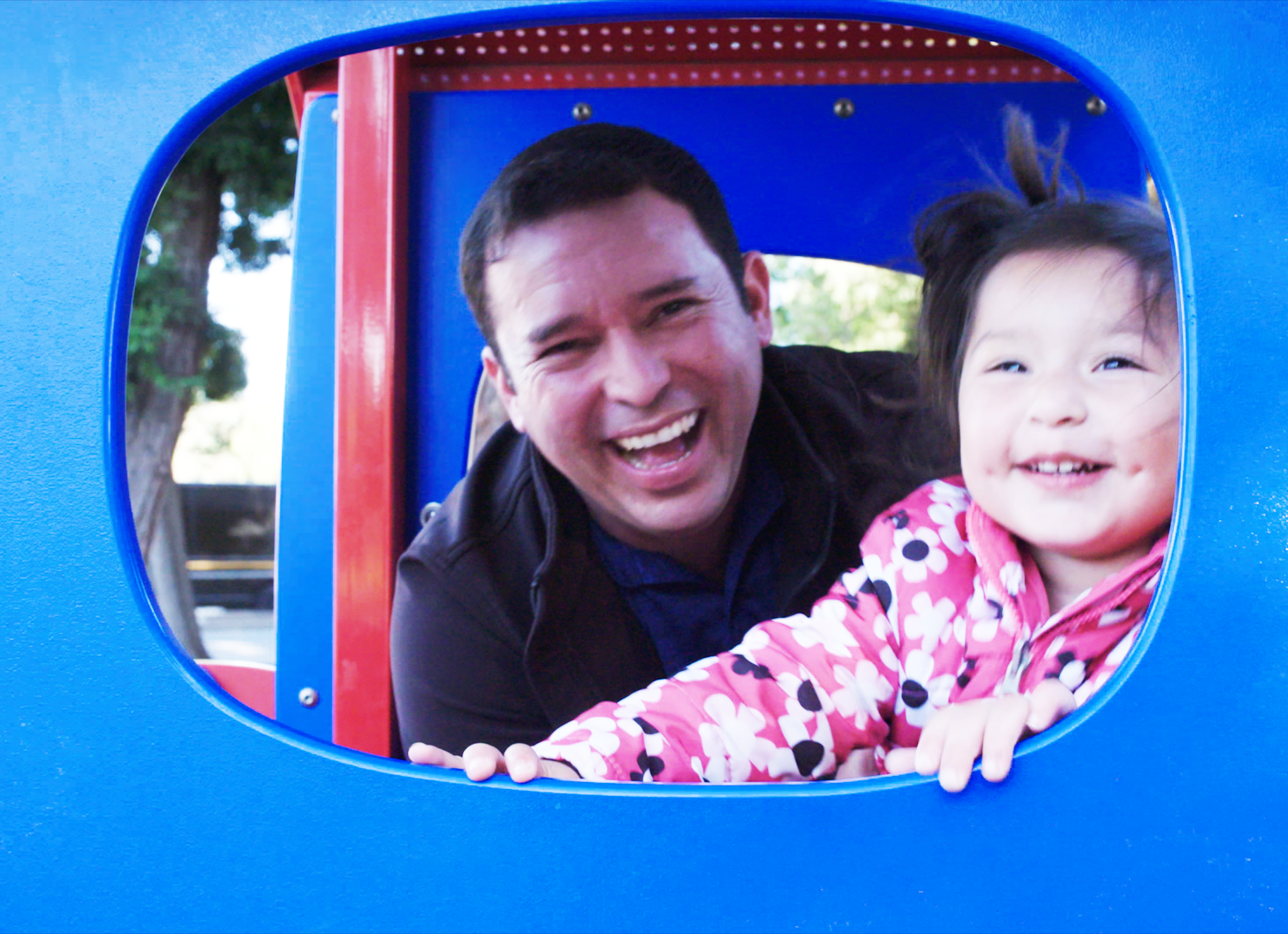
In this series, experience Brain Breaks as a family. Thirty minutes of interactive Breathe, Move, Rest strategies will be provided for your family.
Sesión 2: Autocuidado de Familia

Experimenta Descansos Cerebrales en familia. Treinta minutos de estrategias interactivas de respiración, movimiento y descanso en un entorno familiar.
Power of Mindfulness Series: Body, Breath & Mind, Part 1
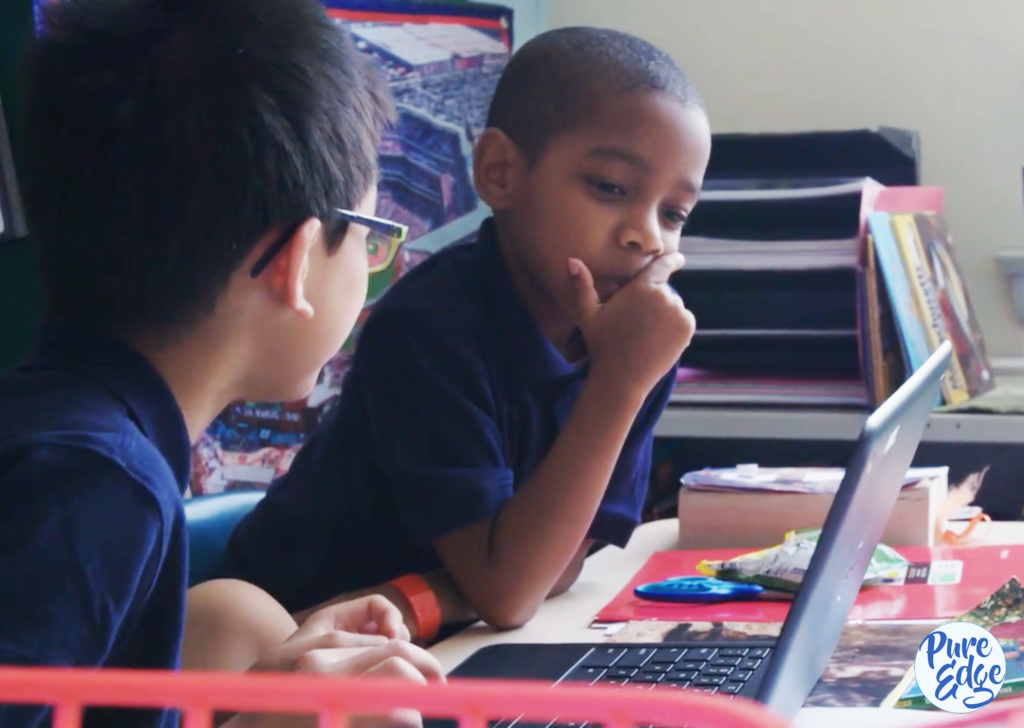
This experiential session will allow participants to develop an understanding of mindfulness practice and its application to habitual thoughts. The target audience is educators and youth, grades 6-12.
Sesión 1: Autocuidado del Educador
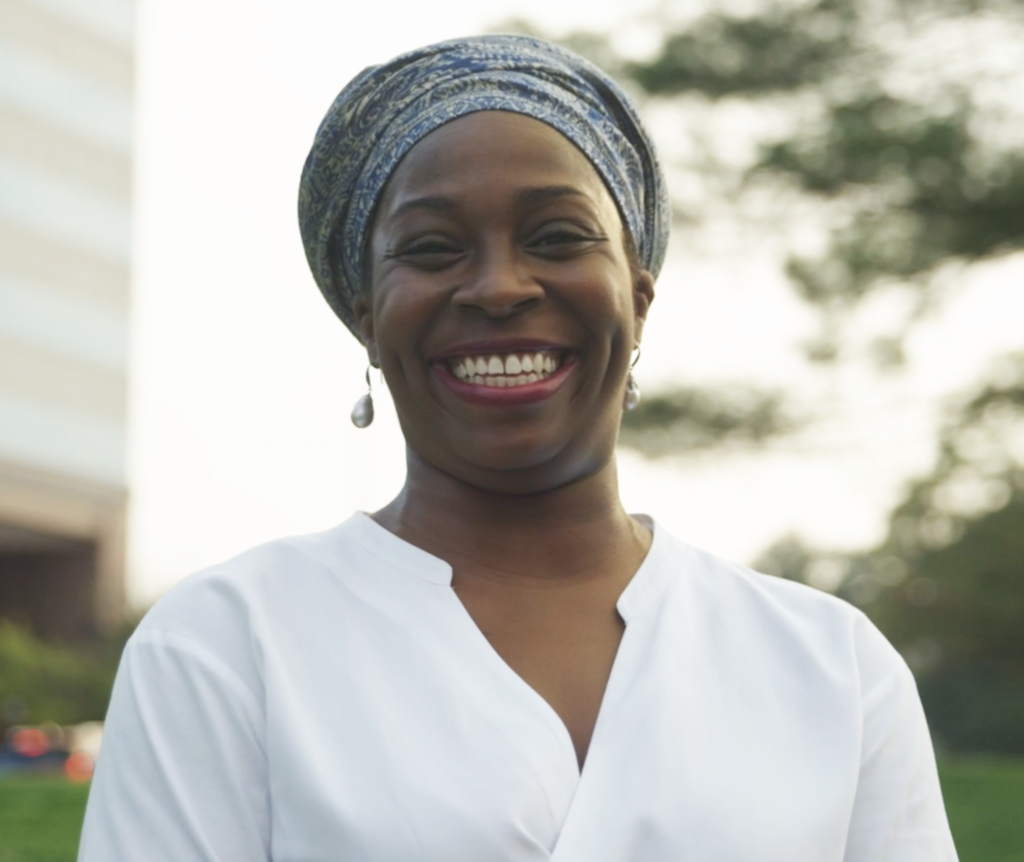
Utilizando los Descansos Cerebrales para restablecer y mantener / modelar la propia autorregulación en momentos de estrés.
Heart, Mind & Body: Maintaining Mental & Physical Balance
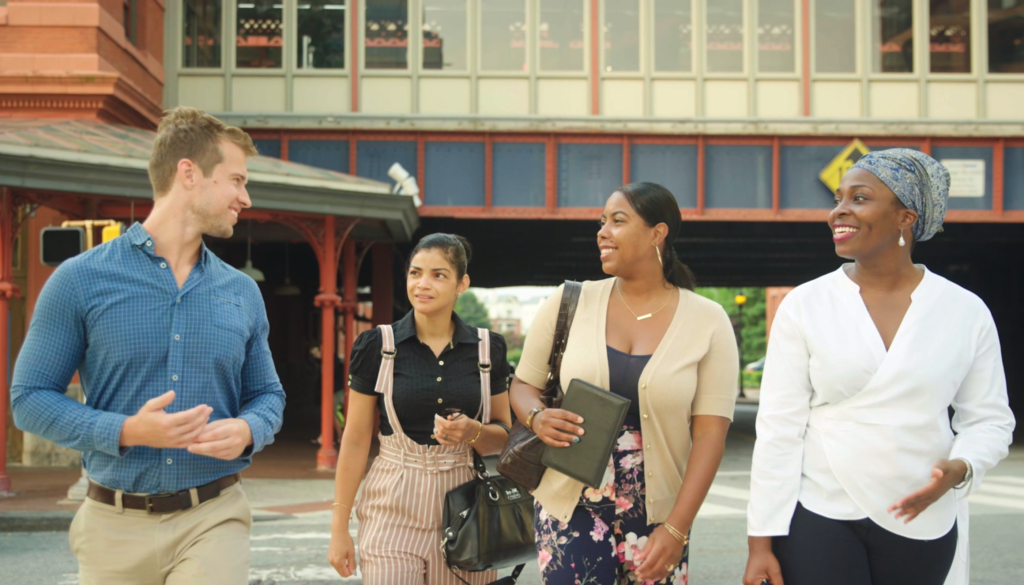
Join Justin Tuck, husband, father, 2x NFL Super Bowl champion, philanthropist, entrepreneur, children’s book author, VP Private Equity at Goldman Sachs & Pure Edge, Inc. board director for a live uplifting session, followed by a Q&A.
Preocupación, Estrés y Ansiedad: Cómo Gestionarlos
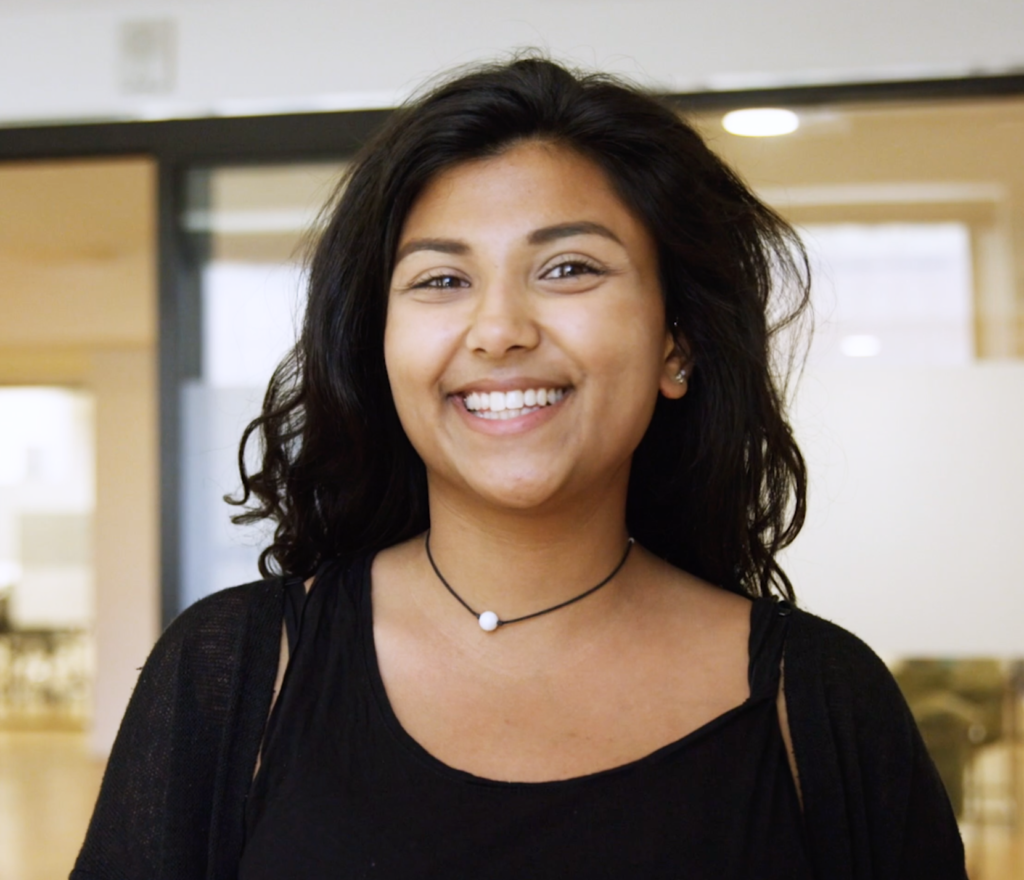
Esta sesión, dirigida a como gestionar la preocupación, estrés y ansiedad, se presentará en Español.
Educator Self-Care Series: Mindful Movement
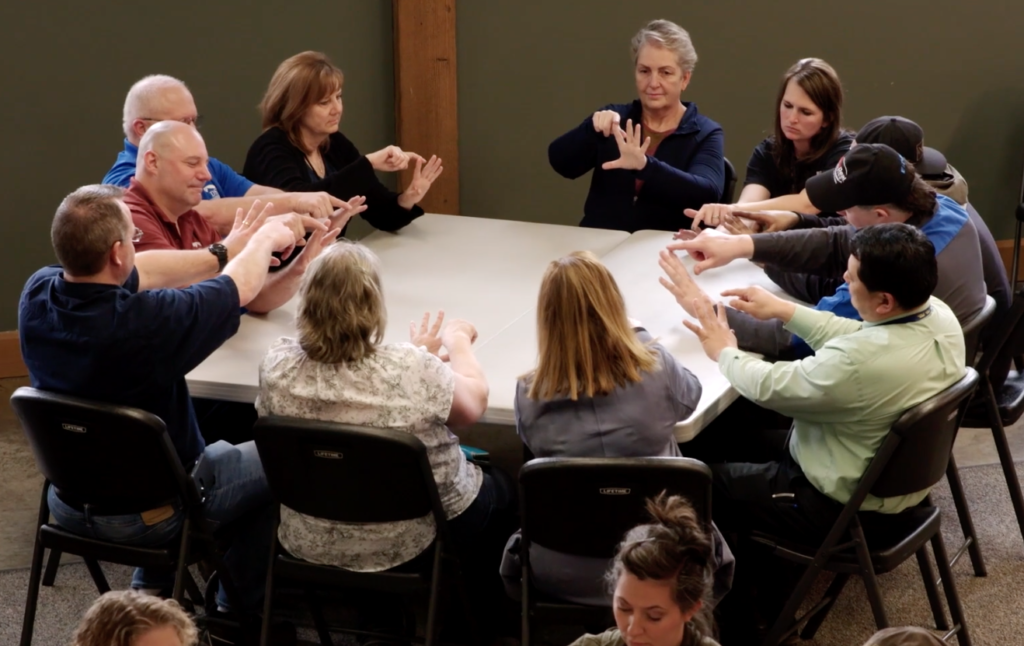
Participants will be guided through a series of movement designed to benefit the whole body.
Family Brain Breaks Series: Sleep
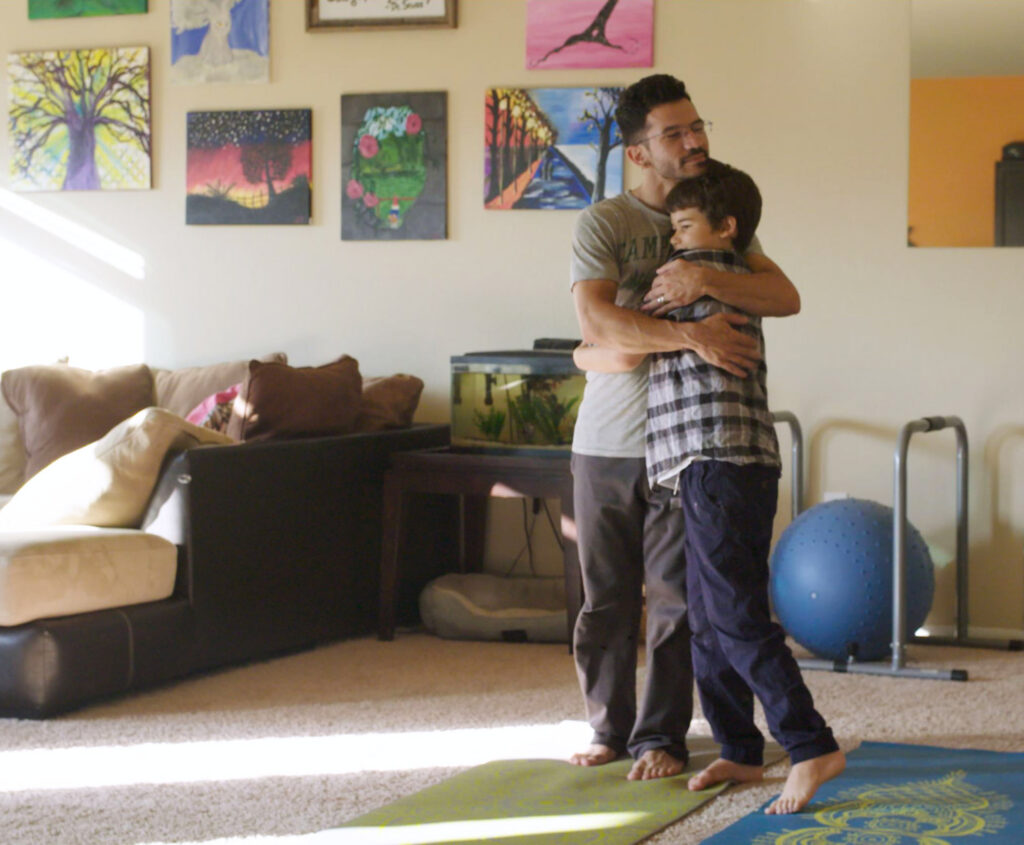
In this series, experience Brain Breaks as a family. This session will focus on the interactive nature of Breathe, Move, Rest to enhance sleep.
Power of Mindfulness Series: Body, Breath, Online
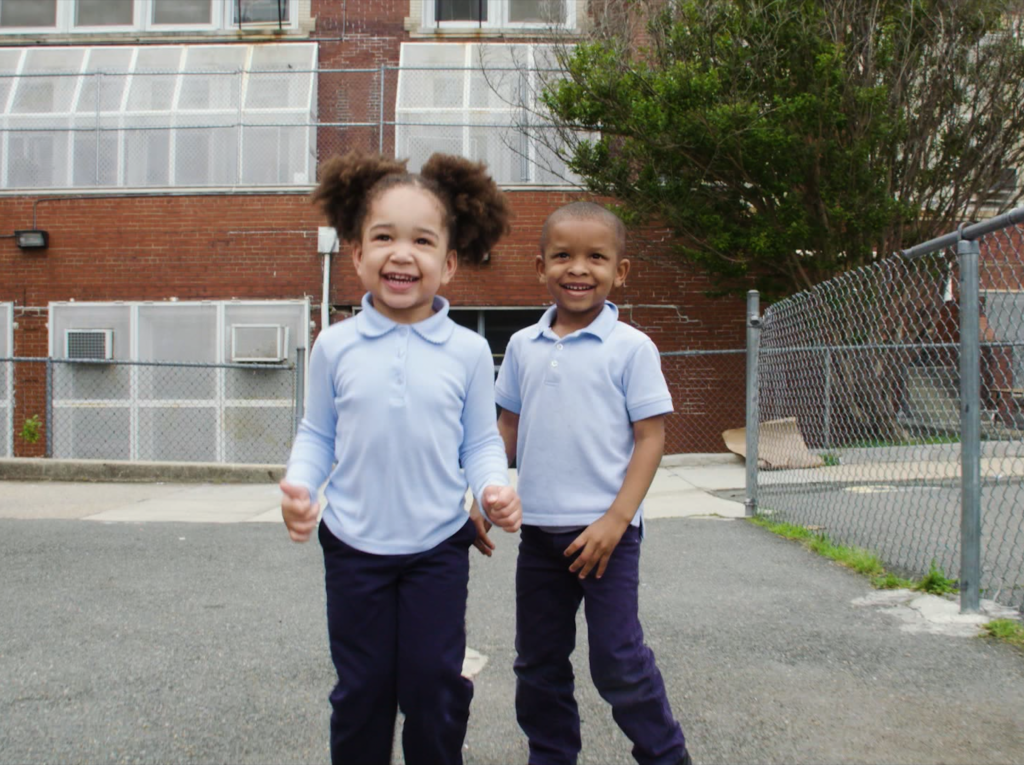
This experiential session allows participants to have a working understanding of the breath-body connection and its relationship to technology. The target audience is educators and youth, grades 6-12.
Heart, Mind & Body: Mindfulness for Teachers
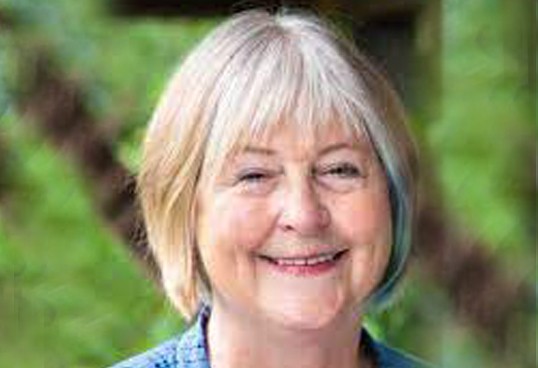
Dr. Tish Jennings will share research, as well as practical strategies that educators can apply to their daily teaching lives.
Caring for Your Immune System
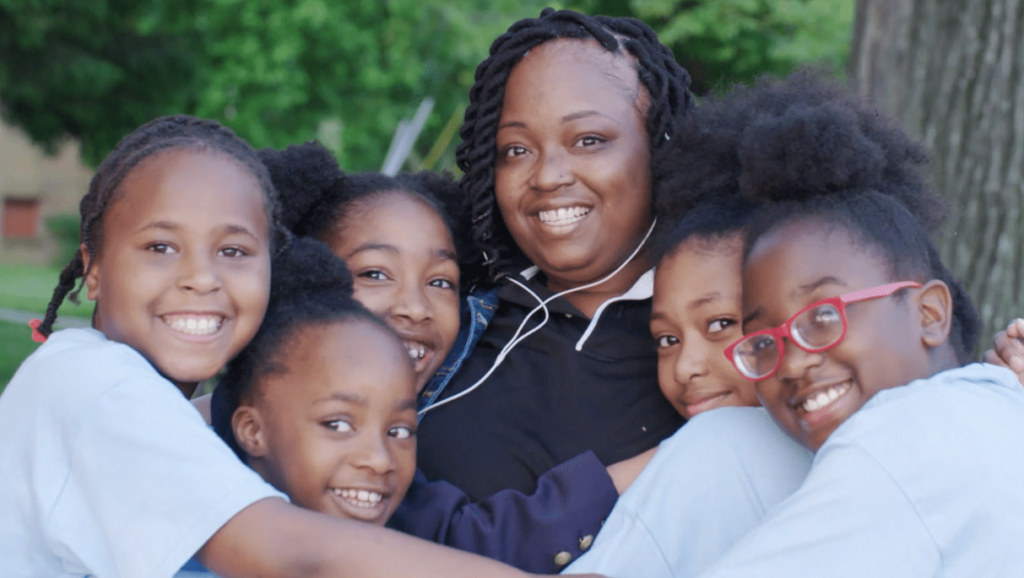
This session will highlight how stress affects the body and provide simple strategies for reducing its effects.
Family Brain Breaks Series: Time In
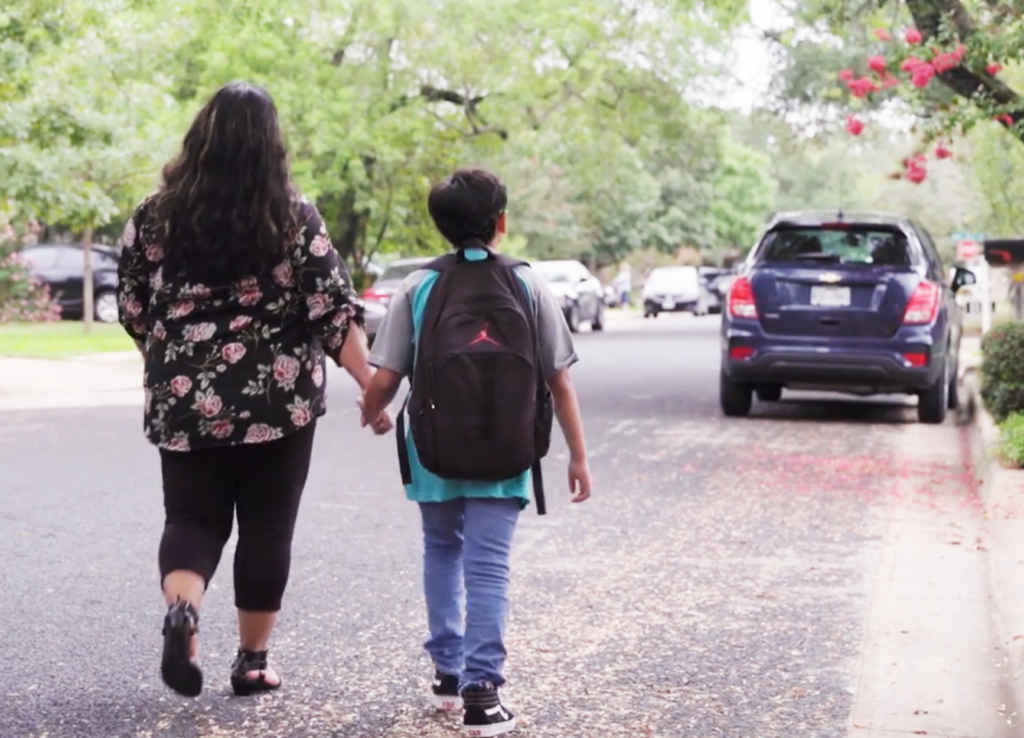
In this series, experience Brain Breaks as a family. The first session focuses on “Time In.”
Calming Strategies for Young Children
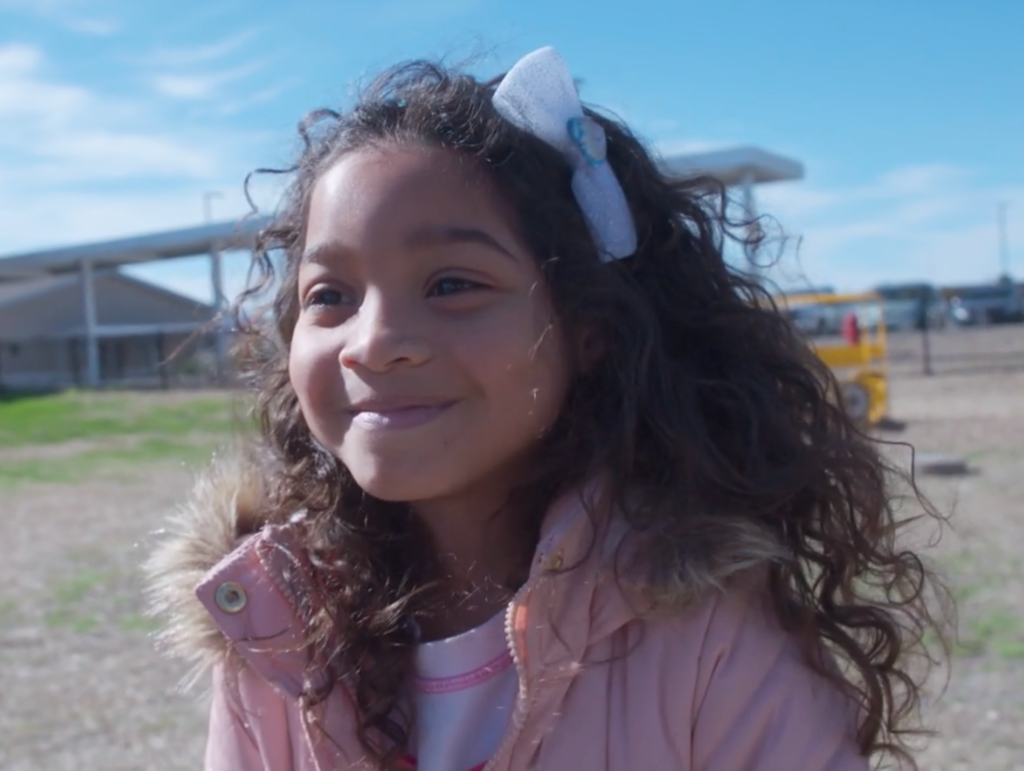
Kids and adults process stress differently. This session will introduce a variety of ways to help young children stay calm and happy.
Self-Care While Caring for Others
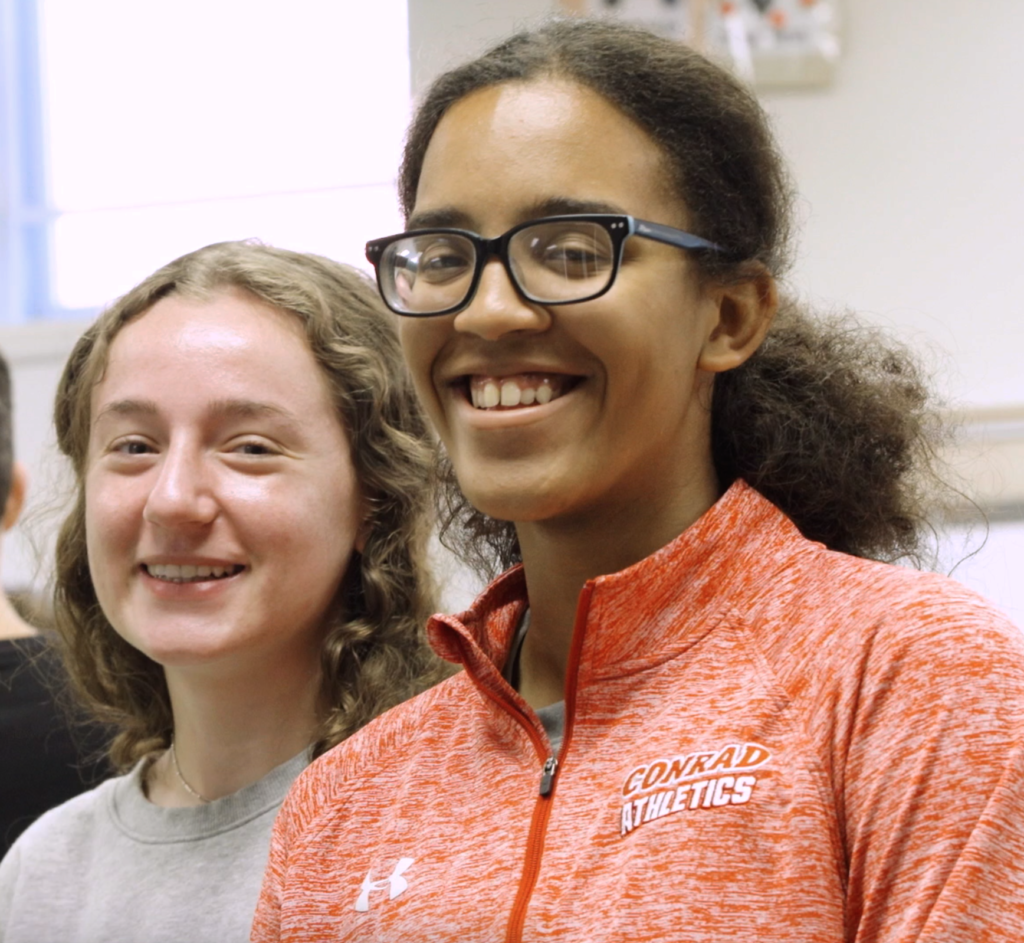
Self-care is primary to caring for others. This session will cover utilizing Brain Breaks to reset, as well as maintain and model one’s own self-regulation during times of stress.
Worry, Stress, & Anxiety: How to Manage It
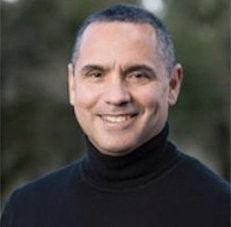
Garfield Preparatory Academy Embraces SEL & Each Learner’s Right to Feel Loved
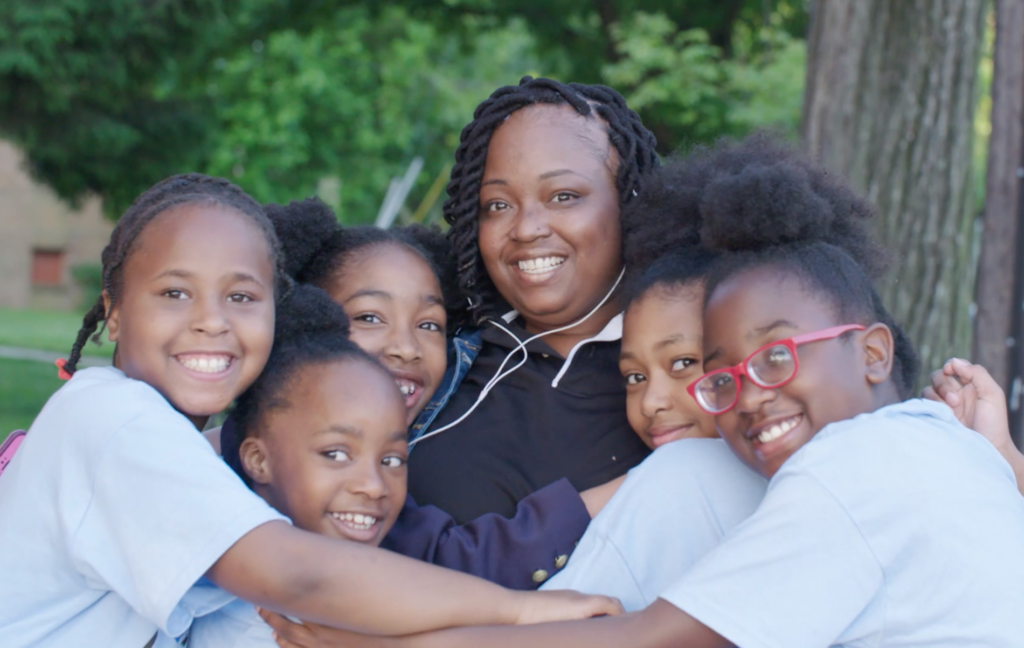
Pure Edge has partnered with Garfield Preparatory Academy in Washington, D.C., to bring Culture of Care training to educators and learners. As the school day begins, the halls of Garfield Preparatory Academy are still. In the classrooms, the loudspeakers project a calm voice directing students and staff to sit quietly and breathe deeply. Once following […]


